8 min read
The Problem With Compacted Soil
By: Shawn Karn, The Grass Expert on May 3, 2018 9:47:32 AM
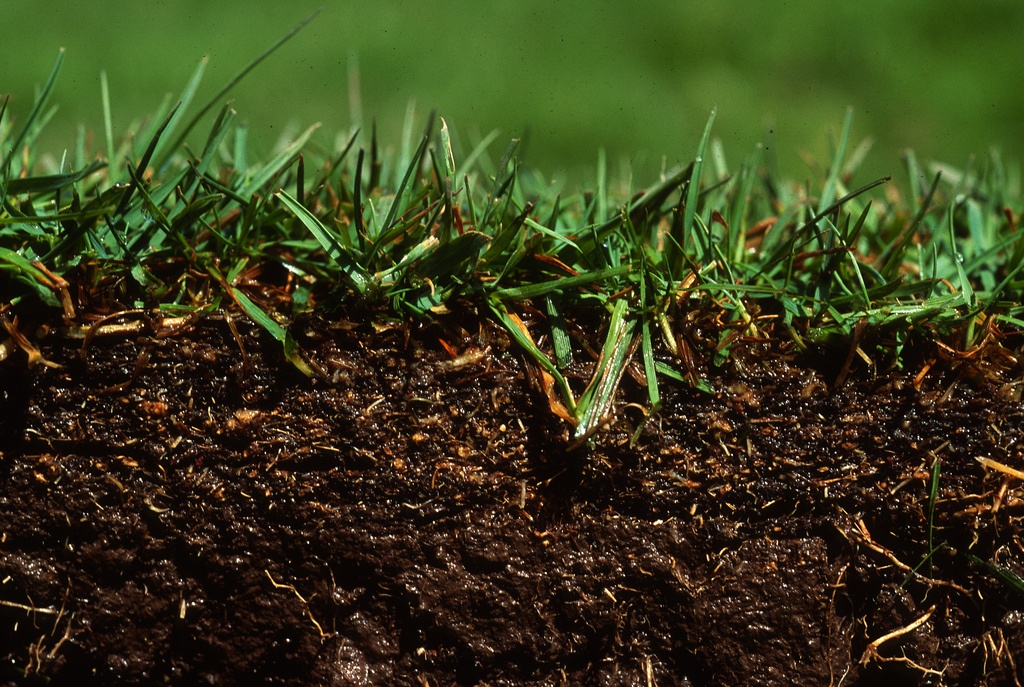
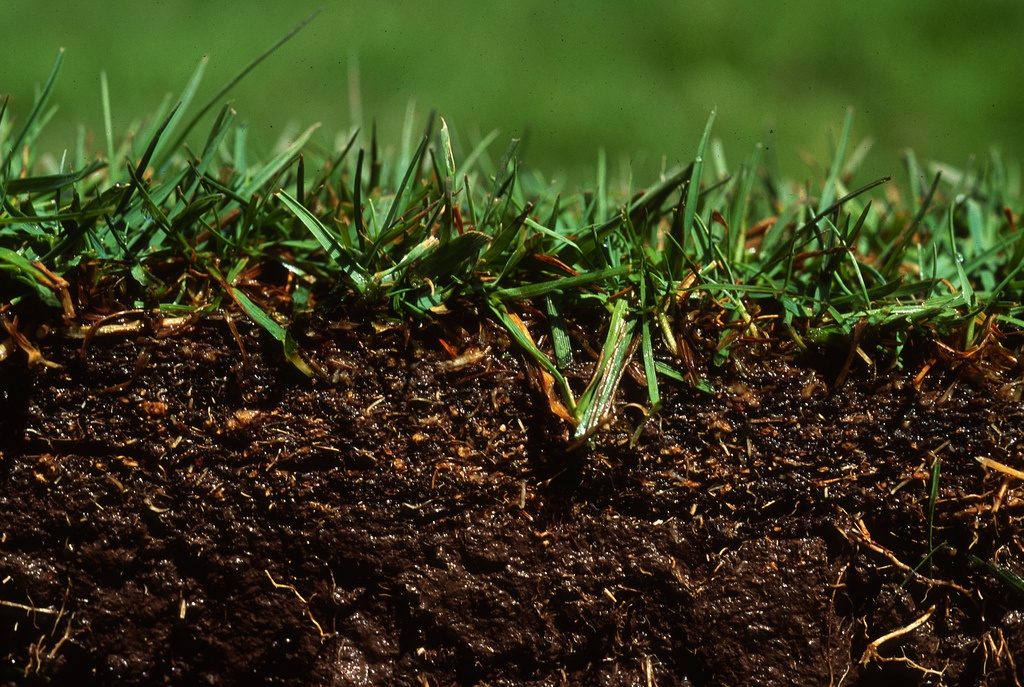
Welcome to May, folks! The weather is warmer, the skies are bluer, and the lawns are starting to get greener - what's not to love?
Ah yes, compacted soil. As the old saying goes, sometimes there's more than meets the eye when it comes to your grass in early spring. With lawn care, it all starts with the soil, as the condition of your soil very often correlates with the health of your lawn. Compacted soil stops air, water, and nutrients from getting through to the root, which can present a range of issues for your lawn.
So how can we combat this compacted issue? Read on to find out.
What is Compacted Soil?
Soil compaction is a big problem in the agricultural space, but it can also become a problem for home owners.
Over time, soil can become more and more compacted from too much foot traffic and vehicle traffic. Additionally, in areas of the country where heavy snow coverage persists for prolonged periods of time, this can add to soil compaction issues. Constant pressure on the soil surface results in compressed soil particles, which in turn can present a range of problems for your lawn.
Compacted soil doesn't allow much room for water to filter through and penetrate the roots. This stunts the growth of the turf and hinders the overall health of your lawn, causing weak, thin grass that can't compete with weeds, disease, and lawn insects.
.png?t=1525292893141&width=722&height=361&name=dontpark%20(twitter).png)
Poor soil texture can also cause soil compaction. Soils that are heavy in clay tend to compact more easily than other soils, so in some cases, it might just be a problem you've inherited and will need to address a little differently.
Diagnosing Soil Compaction
If you suspect that soil compaction may be an issue, a quick and easy way to check is by using a soil probe. A soil probe is a device that you can manually push into your soil several inches deep to extract a small core sample, similar in size to your index finger. This will not only give you a visual cross section of the thatch and root depth of your lawn, it will also give you a closer look at your soil texture, which will help indicate if you have a clay or sand-based soil.
The ease of which the soil probe goes in will usually give you a very good indication of how compacted the soil is.
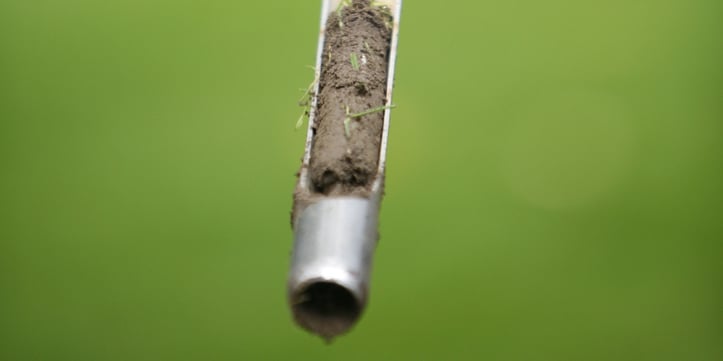
Symptoms of Compacted Soil
While you can't always see soil compaction, there are a few tell tale signs that there might be something going on beneath the surface.
Weed Infestation
Grass has a fibrous root system which means porous, non-compacted soils are ideal for good, healthy turf growth and deep, extensive root systems. Broadleaf weeds tend to have a deep, central tapped root system, which means they're usually able to drill down and push their way through compacted soils much easier than grass. This in turn results in heavy weed infestations in compacted soils, simply because grass doesn't have the same ability.
.png?width=1024&height=512&name=winter-weeds%20(twitter).png)
Excess Thatch
Because compacted soil has poor air and water infiltration, it isn't able to maintain a normal, healthy balance of microbes and fungi. This means that old grass no longer decays; instead, it dies and builds up in a layer underneath your grass called thatch. Once this thatch layer becomes excessive (more than half an inch thick), it stops water, air, and nutrients from getting through to the soil, making the problem even worse.

Lawn Disease
Lawns that have an issue with soil compaction may also start to have an issue with lawn disease. Diseases such as red thread and rust thrive when a lawn isn't getting adequate air, water, and nutrients, so take note if your lawn starts to develop any symptoms of lawn disease.
Grass Colour
Since compacted soils are often lacking adequate nutrients, compacted areas of the lawn tend to lose their vibrant green colour. These compacted areas will start to look hungry and often have a distressed appearance.
Puddles and Poor Drainage
If water tends to pool up on your lawn after a bout of rain, this may indicate that your soil is compacted. Prolonged standing water can result in waterlogged soils, so next time there's heavy rain, keep an eye on how your lawn reacts.
/puddles-twitter.png?t=1525292893141&width=722&height=361&name=puddles-twitter.png)
How To Improve Compacted Soil
Although you might sound like a broken record, making sure people and their vehicles don't put too much pressure on your lawn is definitely a good, long term preventative measure. For areas of grass that people simply can't seem to keep off (such as walkways), consider replacing the grass with pavers or stepping stones.
When the damage is already done, there are a few lawn care services that can relieve soil compaction and help improve the overall health of your lawn.
Core Aeration
Core aeration is the process by which small cores of soil are removed from the lawn, about the size of your index finger. These cores are then left on the lawn to decompose. The removal of these cores literally gives your soil some room to breathe, and helps to relieve soil compaction so that air, water, nutrients, and fertilizers can reach the root of the plant once again.
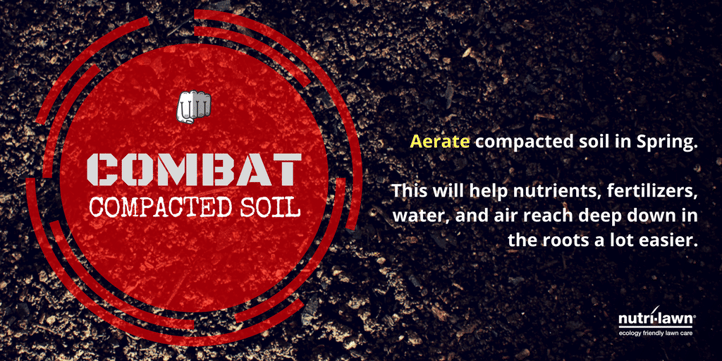
Topdressing
If you're inherited soil that is heavy in clay, you might be more prone to soil compaction. Amending your soil with topdressing is a great idea to improve the structure of the soil. Adding a thin layer of topdressing will add valuable nutrients and organic matter to the lawn, which in turn helps prevent soil compaction and break down undesireable thatch.
Although it's not very common, aggressively topdressing with a sand-based soil after you've core aerated and removed the clay cores will help convert your clay-heavy soil to more of a neutral loam soil.
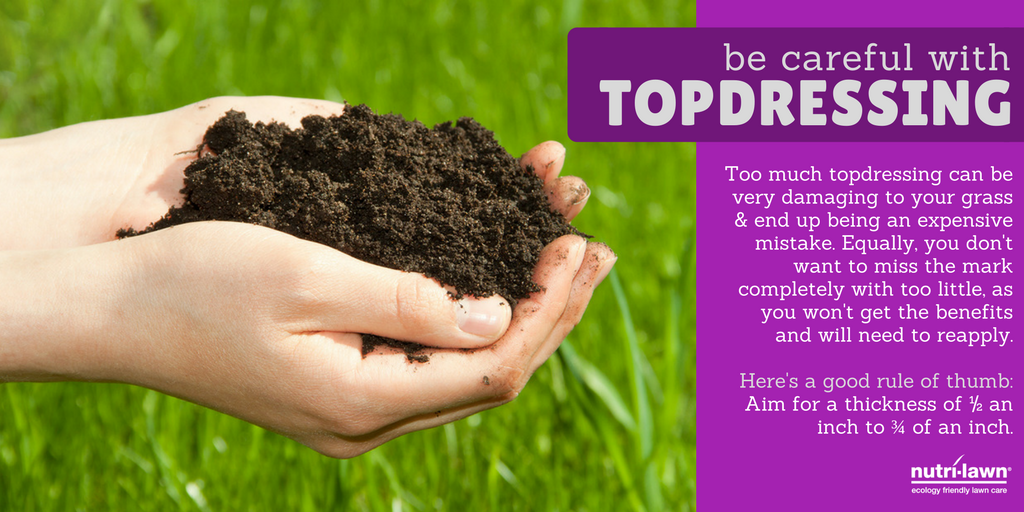
Talk to your local Nutri-Lawn expert about relieving soil compaction with Core Aeration & Topdressing. Plus, follow us on Facebook for more lawn care tips and tricks.
Related Posts
Why Compacted Soil Is A Problem For Your Lawn
As the old saying goes, sometimes there's more than meets the eye. When it comes to lawn care, it...
3 Soil Problems Solved
The foundation of any building needs to be sound or the entire structure is compromised. Ever...
5 Tips For Spring Seeding
If April showers bring May flowers, then spring seeding helps to keep lawns succeeding. Some...



